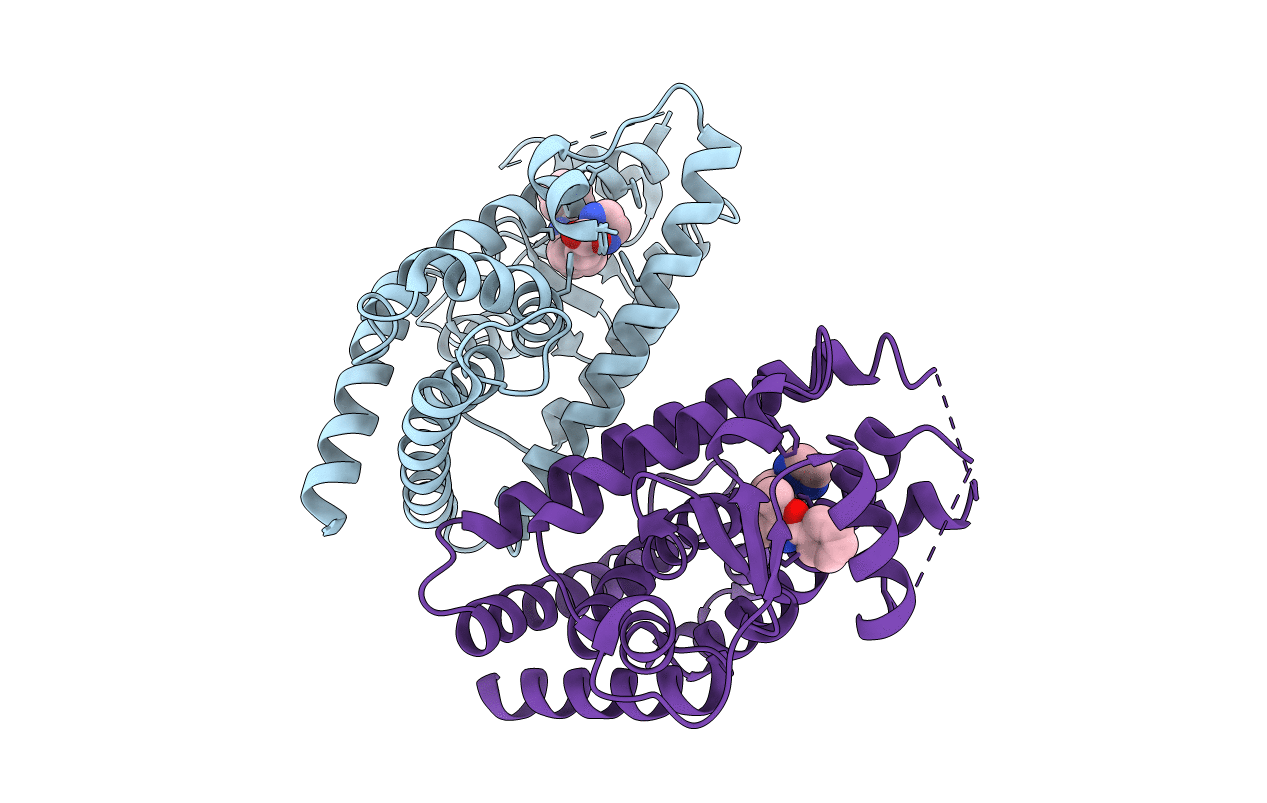
Deposition Date
2009-07-13
Release Date
2009-10-13
Last Version Date
2023-09-06
Entry Detail
PDB ID:
3IA6
Keywords:
Title:
X-ray Crystal structure of the nuclear hormone receptor PPAR-gamma in a complex with a PPAR gamma/alpha dual agonist
Biological Source:
Source Organism:
Homo sapiens (Taxon ID: 9606)
Host Organism:
Method Details:
Experimental Method:
Resolution:
2.31 Å
R-Value Free:
0.29
R-Value Work:
0.23
R-Value Observed:
0.24
Space Group:
C 1 2 1


